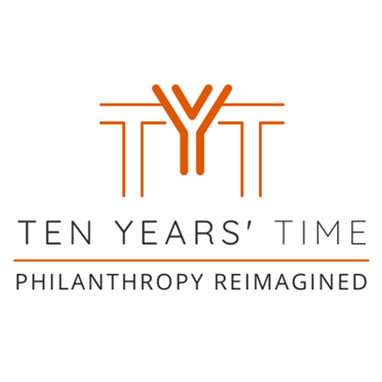
by Jake Hayman
Philanthropy is a strange field in that very little is done to examine what “good” looks like. Unlike in business where there are common models for effective practice, philanthropists tend to make it up as they go along – how can you go wrong giving money to charity? Good or bad, you tend to get showered in praise either way. But what does good look like? Those looking to practice good philanthropy need to practice five key habits to stand a chance of success.
Firstly, they become and remain experts on the causes or communities they wish to focus on. Just like a commercial investor benefits from understanding the markets they operate in, philanthropists need to know the communities they wish to serve and stay on top of the changing faces of them. Most philanthropists will pop along to an annual celebration, meet a charity CEO and hear a “beneficiary” talk at a gala, but none of these engender actual expertise. Great philanthropists are the ones who spend real time in the communities they wish to serve, time understanding the external pressures and changing environments that they are operating in, reading books, policy papers and pieces of historical philanthropic and governmental endeavours that will bring colour to their insight. The best philanthropists become true geeks on their chosen subject areas.
Secondly, they use philanthropy as a tool for discovery and dissemination. Great philanthropy is not about the ever-lasting provision of services that government ignores – it is about learning, innovating, research, testing and normalizing new and better ways of doing things. Philanthropists who are prepared to sacrifice the delusions of simplicity sold to them by fundraisers and exchange them for a dose of complex reality are those that will make the biggest difference in the world. At the end of the year some philanthropists will tell you how much money they gave, others will tell you how many kids they “impacted” but it’s the smart ones who can tell you what knowledge they have contributed to the field.
Thirdly, they share agenda-setting power with the communities they wish to serve. Most philanthropists make decisions from afar about communities that they know little about. In order to benefit from the insight and buy-in that will give new models and approaches a chance of success, power needs to be shared. The movement towards participatory grant-making is leading the way on this front.
Fourthly, they play to philanthropy’s strengths. How is philanthropic capital different from government budgets? Well, it is unaccountable, it is long term and it is independent. Given this, any philanthropist who uses their resource to pay for temporary sub-scale services against permanent problems, are acting without strategy. Those that act boldly, think long term and are prepared to do things that are untested, unpopular and brave are the ones who make a real difference.
Finally, they understand the economics of grant-making. This final part is so often overlooked. People find a cause they like, a number of charities that tick their boxes, and they gift almost random sums of money to them, depending on what a fundraiser asks them for. Philanthropists need to understand the power of money to different organizations and ideas at different stages. There are times when restricted funding is a more powerful tool than unrestricted and vice-versa. There are times when you find a fantastic charity doing great work who ask you for money but do not need it. Philanthropists should understand how their specific pool of capital can interact with a wider eco-system of capital to make the most change possible. The best philanthropists do not gift as “reward” but instead use money strategically to generate the learning they want to achieve. They are versatile to an organization or idea’s current state and future potential and react with a range of tools from major multi-year commitments to one off $10,000 gifts that they know could propel an idea forward.